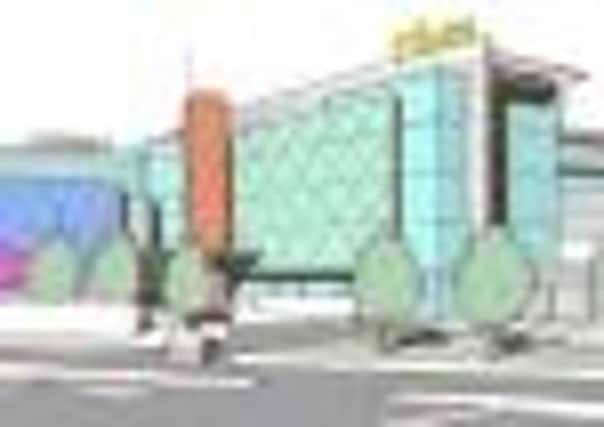Sarah Boyack: They can’t let the Sick Kids turn into a terminal case


When NHS Lothian initially began drawing up detailed plans for the new hospital in 2007, it was thought that it could be delivered by this year. Over time, however, a series of delays have hit the project and the latest estimates suggest that the new hospital will open in 2017 at the earliest.
In the meantime, the existing Sick Kids at Sciennes has continued to age. The old hospital holds a special place in the hearts of thousands of families who have relied on its services over the years but it has long been acknowledged that the building is not fit for purpose. In 2003, the Scottish Child Health Support Group inspected the building and concluded that continued investment to keep it up to scratch would be unproductive and that early consideration should be given to the future of the hospital.
Advertisement
Hide AdAdvertisement
Hide AdAnecdotal evidence I have received from conversations with staff and patients paints a picture of draughty wards, crumbling masonry and antiquated facilities.
We are now nine years on from the SCHS group’s assessment and delays to the new hospital mean that the current site will need to keep going for at least another four years.
This presents the health board with a dilemma – there will be an understandable reluctance to plough already tight financial resources into a soon-to-close facility but the health board has a duty to continue to provide health services for our children and young people.
What this dilemma clearly demonstrates is that it is now imperative that the tendering and construction of the new hospital is delivered on schedule.Failure to do so would result in the board’s ambitions to deliver world-leading children’s services gathering dust on the shelf while the old hospital’s decline continues. The fate of the old Royal Infirmary, in the years immediately prior to the opening of its replacement at Little France, provides a cautionary tale for health chiefs. Like the current Sick Kids, the old ERI was a crumbling building and in its final years, concerns about service quality and patient safety escalated substantially.
I am seeking assurances from the Scottish Government that support will be provided to NHS Lothian to ensure that delays to the new hospital do not result in reduced quality in children’s services for patients in the Lothian region in the interim. Given that a significant portion of the delay to the new site resulted from the Scottish Government’s decision to abandon direct public funding of the project to pursue the SNP’s new funding model and the delays that it entails, I would expect them to shoulder some of the consequences.
Maintenance concerns as a result of crumbling buildings are not confined to the Sick Kids in NHS Lothian. A recent report on the state of the NHS Scotland estate identified more than £1bn in backlogged maintenance work across Scotland, of which NHS Lothian’s share was estimated at around £130m. The report highlights the fact that almost half of the NHS Lothian estate is more than 50 years old. Of the maintenance work required in the Lothians, more than 95 per cent relates to clinical spaces and more than 80 per cent is assessed as being of high or significant risk. As the age profile of the estate continues to increase, problems will continue to mount.
We need to see support from the Scottish Government if we are to address the maintenance backlog experienced across the country. A useful first step would be to allow health boards to ring-fence money raised through the sale of land they are able to identify as surplus which could then be ploughed directly back into addressing maintenance or capacity issues.
I have made this suggestion to the Scottish Government and hope that they will look on it as a constructive contribution to addressing the challenges that NHS Lothian clearly faces.
• Sarah Boyack is a Labour MSP for Lothian
• Moving with the times
Advertisement
Hide AdAdvertisement
Hide Ad1850s: One in every 13 children in the Capital dies before the age of five.
1859: Campaign for a new hospital for sick children in Edinburgh is launched after Dr John Smith, a Royal Infirmary surgeon, has a letter printed in The Scotsman.
1860: The first Sick Kids hospital, with 12 inpatient beds, opens.
1863: Services move to a new custom-built hospital in Meadowside House. Queen Victoria bestows her patronage.
1890: After a major typhoid outbreak, it moves again to Plewlands House – the former Morningside college – but it proves to be an inadequate location.
1895: The hospital relocates to its current site in Sciennes where it expands over the decades.
1995: A new three-floor extension opens.
2003: The now ageing hospital is deemed “not fit for purpose”.
2005: Decision to pursue the construction of a new children’s hospital is taken by the health board.
2012: Scottish Government confirms a new hospital will finally be built.